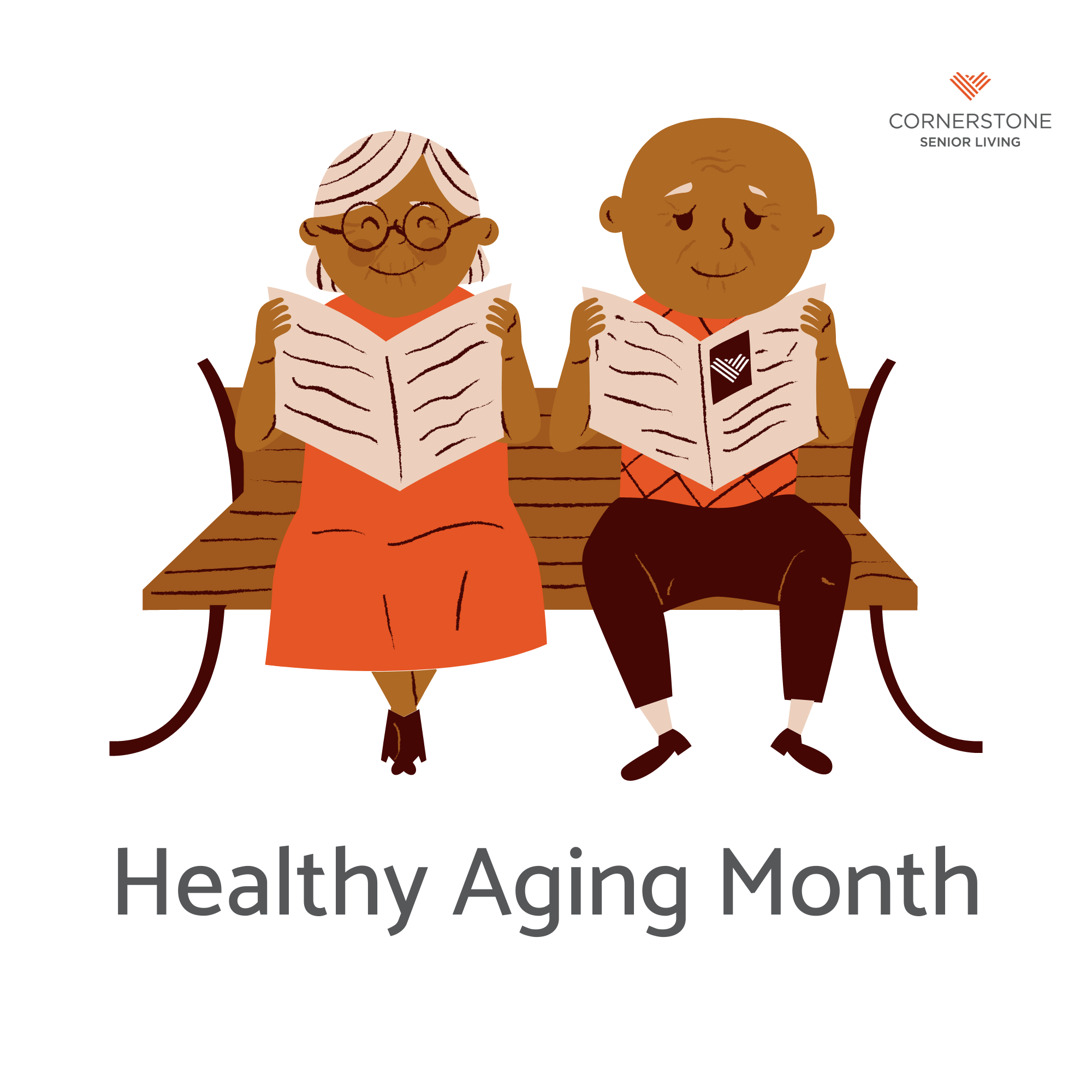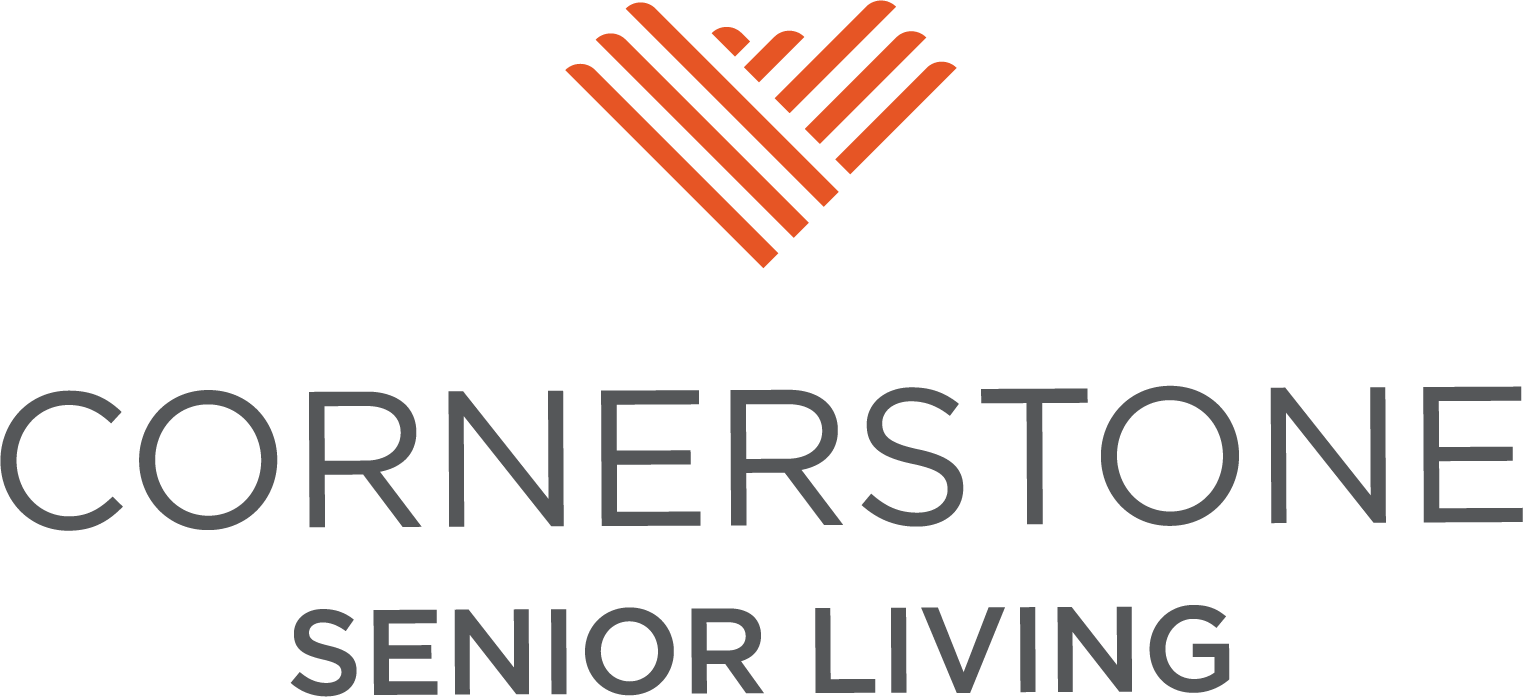
Bone and Joint Health for Seniors
Bones and joints are the foundation of our bodies and support our infrastructure, allowing us freedom of movement. As we age, our bones and joints often need more care to stay healthy. This week is Bone and Joint Health National Action Week, and we are highlighting steps you can take now to promote healthy bones and joints in your body!
Why is Bone and Joint Health Important?
When we are youths, our body is made up of cartilage that transforms into bone as we age. As our bones mature, it is common to experience joint pain, which can impact walking, standing, or make sitting uncomfortable.
As we age, tissue and remaining cartilage break down, leaving less of a “cushion” between joints. As less protected bones rub together, this leads to swelling, stiffness, pain, or osteoarthritis.
Maintaining bone and joint health can reduce the risk of falling, arthritis, and other ailments. Taking action to protect your bones and joints allows you to enjoy all that your golden years have in store!
How Do I Keep My Joints Healthy?
The two key aspects of bone and joint health are nutrition and exercise.
Diet plays a prominent role in overall health, and tailoring your diet to include anti-inflammatory foods and healthy fats will help preserve joint health. Eating well goes hand and hand with weight management. Staying at a healthy weight ensures you are not putting extra strain on your bones and joints.
Foods that Promote Healthy Joints
– Healthy fats like salmon, nuts, and avocados contain Omega-3 fatty acids and Vitamin D, which are vital for healthy bones.
– Foods high in Vitamin C or foods like turmeric, artichokes, cranberries, blueberries, and soy can help reduce inflammation and joint pain.
“Ways to improve bone and joint health include a diet rich in fresh fruits and vegetables,” states an Advanced Bone and Joint article. “Leafy greens are especially rich in calcium and other minerals that can help both your joints and bones.”
Exercises to Minimize Joint Pain
Physical activity is the other key factor for maintaining healthy joints. As we age, low-impact exercise like swimming, yoga, or aerobics allows for healthy movement without putting stress on your joints. These exercises tend to put less strain on cartilage.
This allows for more extended periods of exercise and less pain after. Adding stretching to your exercise routine can also improve joint mobility and support muscles.
Consult your doctor before changing your diet or exercise routine to ensure it supports your body best! You can also consult your doctor to see if joint supplements would benefit you.
How Do I Keep My Bones Healthy?
Similarly to joints, keeping your bones healthy involves diet and exercise. While diet and exercise are commonly associated with weight loss, they are also the foundation for a healthy skeleton. Making sure you are eating nutritionally dense foods can help prevent bone loss.
Bone Health Tips
Putting the right things in your body isn’t the only thing that matters; you must also ensure you are not putting the wrong things in your body. Studies show that nicotine slows the production of bone cells, and smoking reduces the blood supply getting to your bones. It also reduces the amount of calcium that your body can absorb, leaving bones at risk of low density.
While exercise is important for joints and bones, bones need weight resistance to grow stronger. Prior to starting regimented strength training, know that gravity does much of this for you! Walking, climbing stairs, or jogging are great ways to maintain healthy bones.
Women and Bone Health
While all people over 65 should be aware of their bone density, this is especially true for women. According to the Bone Health and Osteoporosis Foundation, 80% of those who suffer from osteoporosis are women.
Estrogen production is a key component of a healthy skeleton in both men and women. When women reach menopause, there is a harsh drop in estrogen production. This puts women ages 65+ at a much greater risk of developing osteoporosis.
The good news is doctors have developed a way to measure bone density through tests to help identify those at risk of bone loss. To identify if someone is at risk of osteoporosis, doctors will conduct this test by using X-rays to determine the amount of calcium and other minerals in the bone fragment. Regularly testing your bone density will give you the opportunity to discuss with your doctor how you can maintain a healthy skeleton.
Vitamins for Healthy Bones
If you are unsure that your diet contains the essential vitamins that maintain healthy bones, talk to your doctor about supplementing with vitamins. Not sure where to start? Check out these 3 core vitamins and bone minerals:
- Calcium. Calcium is essential to developing bone density and maintaining bone mass. While many adults have swapped cow milk for dairy-free alternatives, ensuring plenty of calcium in your diet is the first step to maintaining healthy bone density. For adults 65+, the Recommended Dietary Allowance (RDA) of calcium is 1200mg daily.
- Vitamin D. If you’re stuck inside during those cold winter months, toss some sardines on your pizza or make yourself a tuna melt. Cold-water fish are high in vitamin D (and are packed with Omega-3 fatty acids that your body cannot make on its own).
Cornerstone Senior Living Supports Healthy Bone and Joints
At Cornerstone Senior Living communities, we support our resident’s bone and joint health through our balanced meals and exercise opportunities. Our residents can participate in engaging exercise classes weekly. Our dietary teams ensure that all our residents’ nutritional needs are met to support a healthy body.
Take care of your body now so your bones and joints don’t prevent you from the adventures that lay ahead in your golden years!



 Copyright © 2023 Cornerstone Senior Living - All Rights Reserved
Copyright © 2023 Cornerstone Senior Living - All Rights Reserved